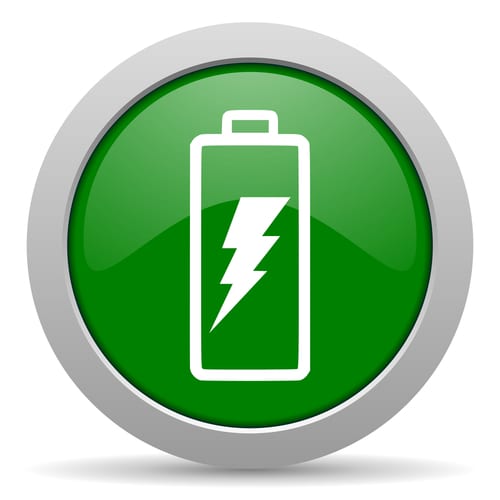
It’s been a busy 4 weeks in the Australian battery storage market since we launched our comparison table. We’ve been updating it constantly – you can find it here.
Products added:
Leclanche Apollion Cube – A German made, $9200 6.7kWh battery boasting 5,000 cycles @ 80% DoD
Lechlanche TI-Box, A 3.2kW battery with promising an incredible 15,000 cycles @ 95% DoD. It costs an eye-watering $15,000. It can fully charge/discharged in under an hour and is designed to be worked really hard in applications where it will be discharged fully multiple times per day.
Pylontech Extra2000 batteries that are proving popular with some of our clients due to their modularity ($2,000 per 2.4kWh). Note these batteries are the same ones used in the Alpha-ESS STORION S5 which is also listed in our table.
We also added the 360Storage AIO all in one unit, their budget ‘ONE’ battery+ inverter package and the BYD all in one unit.
Two products updated
The Redflow ZBM-2 has been re-imagined as the “Z-cell” battery for residential usage, and the Magellan RES-1 has been replaced by the Magellan HESS, which offers much improved specs over the RES-1.
Products we wanted to add but could not
We really wanted to add the Sonnen batteries – but are still waiting on them to provide pricing.
We are also waiting on ZEN to provide specs and pricing for their soon to be released Freedom Power Bank V2.0.
Finally – Ecoult advised us that they are not ready to provide any specs or pricing on a residential Ultra Battery.
Warranted kWh and cost per warranted kWh
As warranty documents for products such as the Powerwall and the LG Resu were released it became clear that the nominal storage of the batteries combined with cycle-life specs often substantially over represents how much energy the battery will deliver over its warranted lifespan.
We believe that the only numbers you should trust are the ones that the manufacturers will warrant. So we have added ‘warranted kWh’ to the table.
In fact we soon realised that we needed to add two rows for warranted kWh. The first one assumes you will discharge your battery once per 24h, which is the most common scenario for large (6kWh+) batteries in a residential setting.
But we also appreciate that there are lots of use cases for batteries that involve charging and discharging multiple times per day. Perhaps you need to chop usage peaks or fill gaps in solar generation. Or charge up at night on off peak tariffs. So we included a row that assumes the battery is worked as hard as the warranty will allow over its warranted lifetime.
We the used these two ‘warranted kWh’ rows to calculate a cost per warranted kWh for 1 cycle per day and multiple cycles per day. As you can see from the table cost per kWh is highly dependent on how you cycle the battery.
Detailed notes on how these new rows were calculated are below the table.
Which are the lowest cost per kWh?
Enphase and Sunverge stand out at low cost/kWh (including inverter) for multiple cycles per day with Magellan close behind.
LG and Z-Cell are neck and neck for cost per kWh (battery only).
Sunverge looks to be the cheapest for an all-in-one unit – based on daily cycling.







